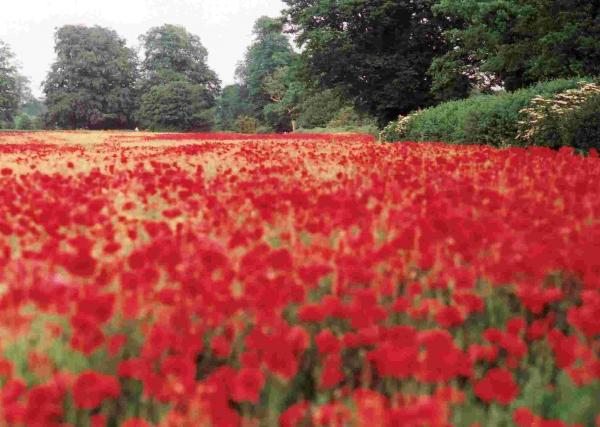Comments can be made on a new management plan being drawn up for Stonehenge and Avebury, which are both being set to be covered by the same plan from 2015 for the first time. Beth Thomas,
Stonehenge World Heritage Site co-ordinator, said: "There has been a great deal in the national and local press about Stonehenge in the last few months.
"Most of the news has been around possible government investment in the A303 which may help to solve traffic problems and improve the World Heritage Site (WHS) landscape.
"Although roads are a very important issue there is a lot more to the protection and management of the World Heritage Site.
"The new
World Heritage Site Management Plan for the first time covers both Stonehenge and Avebury.
"Both Stonehenge and Avebury are globally important for their unique and dense concentration of outstanding prehistoric monuments and sites, which together form a landscape without parallel.
"The management plan provides a long term strategy to protect the World Heritage Site for this and future generations.
"Its main aim is to protect what makes the site internationally important and to achieve an appropriate balance with other interests such as tourism, farming, nature conservation, roads and traffic, research, education and the local community.
"The new plan has a greater focus on engaging the local community with the WHS and helping it to gain a greater economic benefit across the whole county from the WHS and its visitors."
Comments are now being invited on the management plan as part of public consultation which will run until March 1, 2015.
Changes to the plan, made in light of comments about it, will be made before the final version is submitted to the World Heritage Committee of UNESCO after its publication in 2015.
Comments can be made by completing an online survey which provides an opportunity to give feedback on the aims and priorities of the management plan.
Stonehenge, Avebury and Associated Sites World Heritage Site was inscribed onto the
UNESCO World Heritage Site list in 1986. The World Heritage Site is managed in partnership by a large number of agencies, charities, individuals and organisations living and working in the site.
The WHS Coordination Unit was formed In March 2014 with the aim of managing both parts of the Stonehenge and Avebury WHS together. The unit is a partnership between English Heritage, the National Trust and Wiltshire Council which is based at Wiltshire & Swindon History Centre as part of its heritage and arts team.
You can meet the World Heritage Site team at:
• Tuesday, January 13 - Salisbury Library
• Thursday, January 15 - Avebury Social Centre
• Friday, January 16 - Amesbury Library
• Wednesday, January 21 - County Hall, Trowbridge
• Wednesday, January 28 - Marlborough Library
• Thursday, January 29 - Devizes Library
The consultation draft can be found at
consult.wiltshire.gov.uk/portal where the public can follow the link to an online survey.
Copies can be viewed at all Wiltshire Council libraries and at: County Hall, Trowbridge; Salisbury (27–29 Milford Street); Chippenham (Monkton Park); and Devizes (Snuff Street).
Completed response forms can also be emailed to
stonehengeandaveburywhs@wiltshire.gov.uk or sent by post to: The WHS Coordination Unit, Wiltshire & Swindon History Centre, Cocklebury Road, Chippenham, SN15 3QN
Written comments must be received by noon on Monday, March 2, 2015
Full story in the Swindon Advertiser:
http://www.swindonadvertiser.co.uk/news/county_news/11652124.Avebury_and_Stonehenge_to_be_covered_by_same_World_Heritage_Site_management_plan_for_first_time/?ref=twtrec
Stonehenge Tour Guide







 A UNESCO World Heritage Site, Stonehenge was likely built anywhere between 3000 BC and 2000 BC. Its exact origins are unknown.
A UNESCO World Heritage Site, Stonehenge was likely built anywhere between 3000 BC and 2000 BC. Its exact origins are unknown.